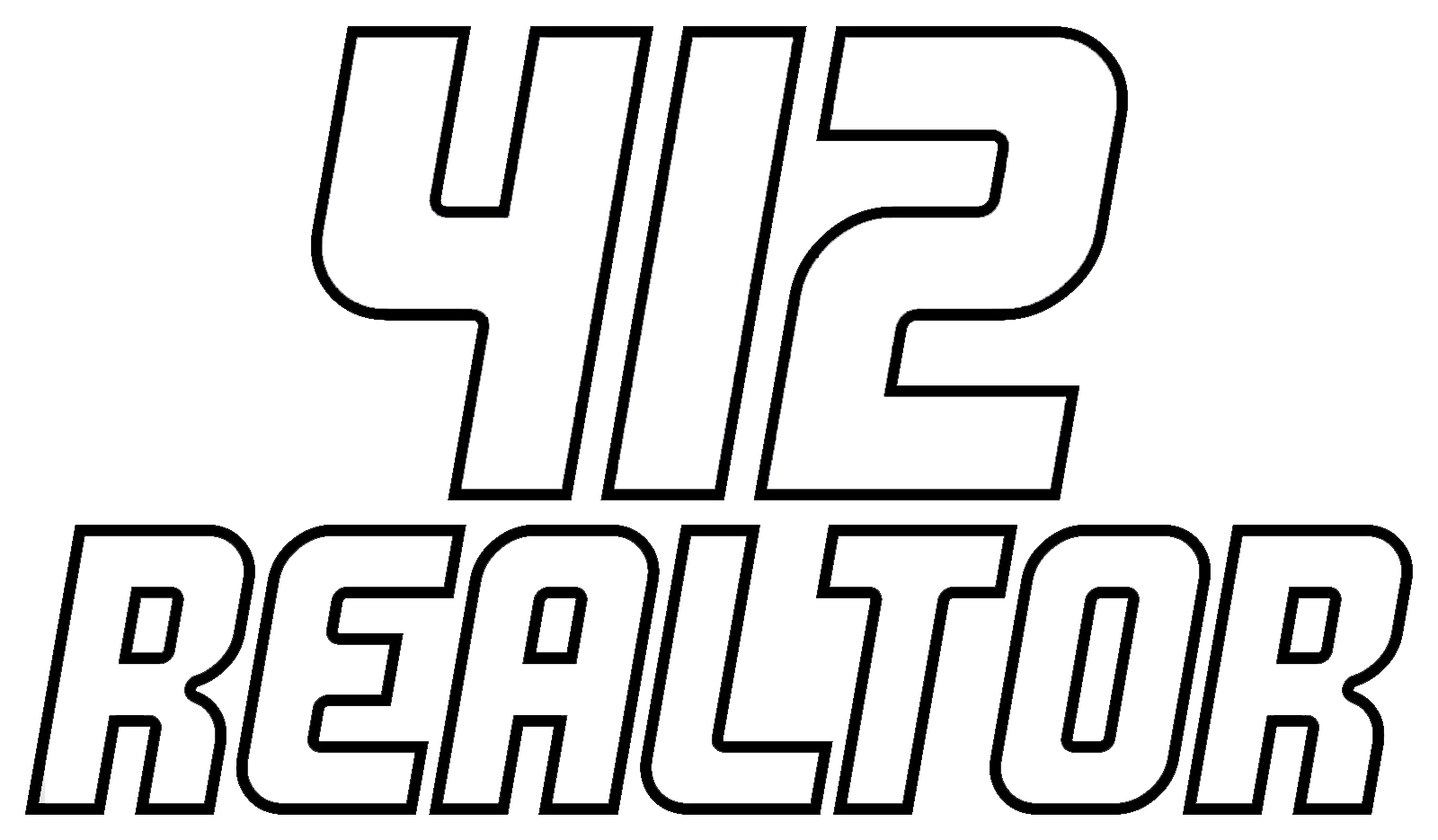In the world of real estate investing, strategies come and go, but few have stood the test of time like the BRRRR method — Buy, Rehab, Rent, Refinance, Repeat.
This investment model offers a practical roadmap for investors who want to grow their rental portfolios without tying up large amounts of capital in each deal.
If you’re looking for a proven, repeatable system to build wealth through real estate, this detailed guide to BRRRR is for you.
What Does BRRRR Stand For?
Buy — Purchase a distressed or undervalued property.
Rehab — Renovate it to add value and make it rentable.
Rent — Lease the property to generate stable income.
Refinance — Pull out your invested capital through a new mortgage based on the improved value.
Repeat — Use the recovered funds to purchase your next investment property.
Each step is crucial. Mastering the entire process is what separates successful investors from those who struggle.
1. Buy: The Foundation of a BRRRR Success
The first step is to buy the right property — and this decision will define the success (or failure) of the entire strategy.
What to Look For:
- Properties priced below market value (often foreclosures, estate sales, or distressed homes).
- Solid neighborhoods with strong rental demand and low crime rates.
- Potential for forced appreciation through rehab work.
Example:
Imagine purchasing a fixer-upper for $100,000 in a neighborhood where renovated homes sell for $160,000–$170,000. That built-in “equity spread” is critical.
Mistakes to Avoid:
- Overpaying because of emotional decisions.
- Buying properties in declining neighborhoods with little rental demand.
- Ignoring major structural issues like foundation problems or severe mold (which can destroy your budget).
2. Rehab: Adding Maximum Value
The rehab phase is about strategically increasing the property’s value without overspending.
Focus Areas:
- Mechanical systems: HVAC, electrical, plumbing — prioritize repairs that could scare off lenders or renters.
- Kitchens and bathrooms: The highest ROI improvements.
- Curb appeal: Simple landscaping and a fresh coat of paint can work wonders.
Tip:
Aim for a “renter-grade” rehab — durable, attractive finishes that look good but are cost-effective.
Mistakes to Avoid:
- Over-renovating for the area (don’t put marble floors in a $150,000 neighborhood).
- Poor contractor management leading to cost overruns and delays.
3. Rent: Stabilizing the Asset
After renovation, you need to place a quality tenant quickly to start generating cash flow.
Key Actions:
- Price competitively based on local market rents.
- Market aggressively using online platforms like Zillow, Facebook Marketplace, and local listing services.
- Screen thoroughly: background checks, credit reports, employment verification, and landlord references.
Pro Tip:
Consider using a property manager if you’re scaling rapidly — managing multiple units personally can become overwhelming.
Mistakes to Avoid:
- Rushing tenant placement and accepting underqualified tenants.
- Setting rent too high and facing prolonged vacancies.
4. Refinance: Unlock Your Capital
This is where BRRRR shines — refinancing allows you to recover your original investment and potentially some profit, all while retaining the asset.
The Process:
The lender orders an appraisal based on the property’s after-repair condition.
You typically refinance up to 75%-80% of the appraised value.
If you’ve created enough value through rehab, you can pull out most or all of your original down payment and renovation costs.
Example:
Purchase Price: $100,000
Rehab Costs: $30,000
Total Investment: $130,000
After-Repair Value (ARV): $180,000
75% of ARV: $135,000 (new loan)
Result: You refinance and essentially recover your $130,000 investment, maybe even put $5,000 cash in your pocket — while keeping ownership of the cash-flowing property.
Mistakes to Avoid:
Assuming the appraisal will automatically match your expectations (it often doesn’t).
Overleveraging — refinancing too aggressively and leaving no equity cushion.
5. Repeat: Scaling Your Portfolio
Once you’ve recovered your cash, you simply repeat the process — buying another property, rehabbing, renting, refinancing, and so on.
Over time, you can grow from one property to dozens or even hundreds, all while recycling the same initial investment capital.
Pro Tip:
As you scale, systematize your process:
- Build a trusted team (contractors, lenders, property managers).
- Use spreadsheets to track expenses, timelines, and cash flows.
- Continuously refine your acquisition criteria based on your growing experience.
Benefits of the BRRRR Strategy
- Rapid portfolio growth with limited initial capital.
- High returns through forced appreciation and rental income.
- Equity building from day one, not relying only on market appreciation.
- Passive cash flow for long-term financial security.
Risks to Watch Out For
- No investment strategy is without risk. With BRRRR, common pitfalls include:
- Underestimating rehab budgets (the most frequent mistake).
- Fluctuating property values impacting refinance potential.
- Tightening lending standards, making refinancing harder.
- Burnout from managing multiple rehabs and tenants simultaneously.
Always prepare conservative projections, maintain liquidity reserves, and invest time in building an experienced team around you.
Final Thoughts:
Is BRRRR Right for You?
The BRRRR strategy is one of the most powerful ways to achieve financial freedom through real estate, but it’s not a “get rich quick” scheme. It requires careful planning, hands-on management, and a willingness to solve problems creatively.
For motivated investors who understand the risks and work to master the process, BRRRR can unlock massive wealth-building opportunities.
Ready to start your BRRRR journey?
Begin with thorough research, seek mentorship from experienced investors, and, most importantly, take that first educated leap.
Your real estate empire might be just one smart BRRRR deal away.




